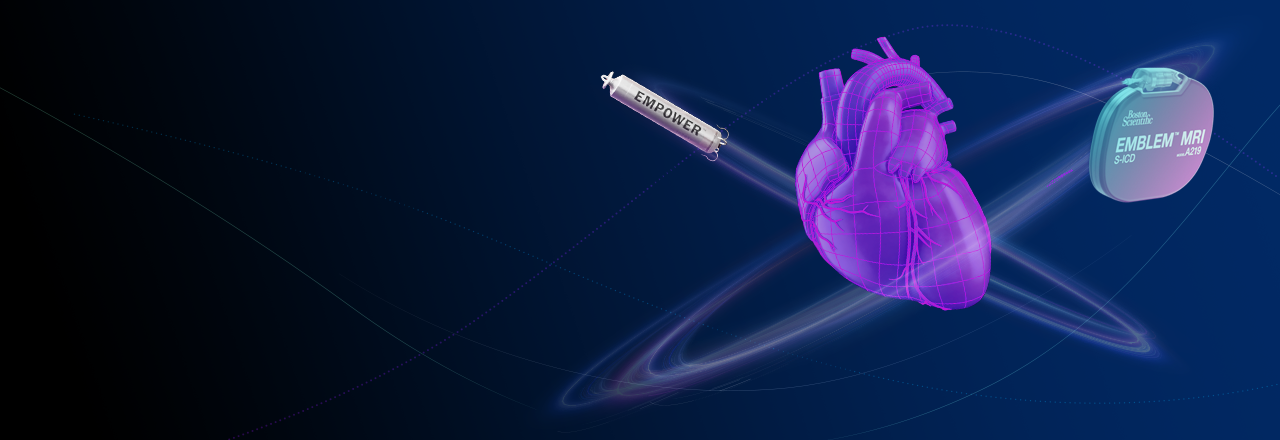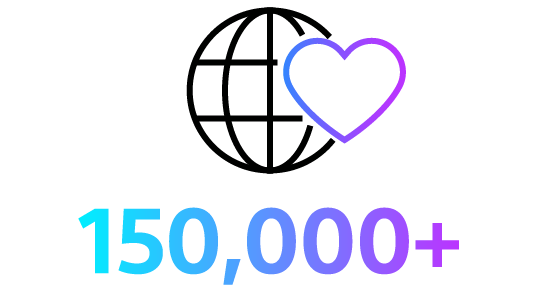References:
1.Knops RLM, Roberts PR, Roberts PR, et al. A Modular Communicative Leadless Pacing-Defibrillator System. N Engl J Med. 2024;391(15):1402–1412.
2.Knops RE, Olde Nordkamp LRA, Delnoy PHM, et al. Subcutaneous or Transvenous Defibrillator Therapy. N Engl J Med. 2020;383(6):526–536.
3.Nordkamp LO. Device-related complications in transvenous versus subcutaneous defibrillator therapy during long-term follow-up: The PRAETORIAN XL Trial. Circulation. 2025. doi: 10.1161/CIRCULATIONAHA.125.074576.
4.Healey JS, Krahn AD, Bashir J, et al. Perioperative safety and early patient and device outcomes among subcutaneous versus transvenous implantable cardioverter defibrillator implantations: a randomized, multicenter trial. Ann Intern Med. 2022;175(12):165–1665
5.Kerkouri F, Eschalier R, Fareh S, et al. Defibrillation Testing During Implantation of Subcutaneous Implantable Cardioverter Defibrillators. J Am Coll Cardiol. 2025 Jul 8;86(1):32-45. doi: 10.1016/j.jacc.2025.04.048.
6.Boston Scientific CRM Product Performance Report published December 4th, 2023. Data as of October 3rd, 2023.
7.Boston Scientific. EMBLEM™ S-ICD user manual. Available at: https://www.bostonscientific.com/content/dam/bostonscientific/Rhythm%20Management/portfolio-group/EMBLEM_SICD/Download_Center/359481-001%20EMBLEM%20S-ICD%20PTM_English.pdf. [Accessed September 2024].Boston Scientific. EMBLEM™ S-ICD User Manual. Available at: https://www.bostonscientific.com
ICD, implantable cardioverter defibrillator; LP, leadless Pacemaker; S-ICD, subcutaneous ICD; TV-ICD, transvenous ICD.
CAUTION: The law restricts these devices to sale by or on the order of a physician. Indications, contraindications, warnings, and instructions for use can be found in the product labelling supplied with each device. or at www.IFU-BSCI.com. Products shown for INFORMATION purposes only and may not be approved or for sale in certain countries. This material not intended for use in France.




















